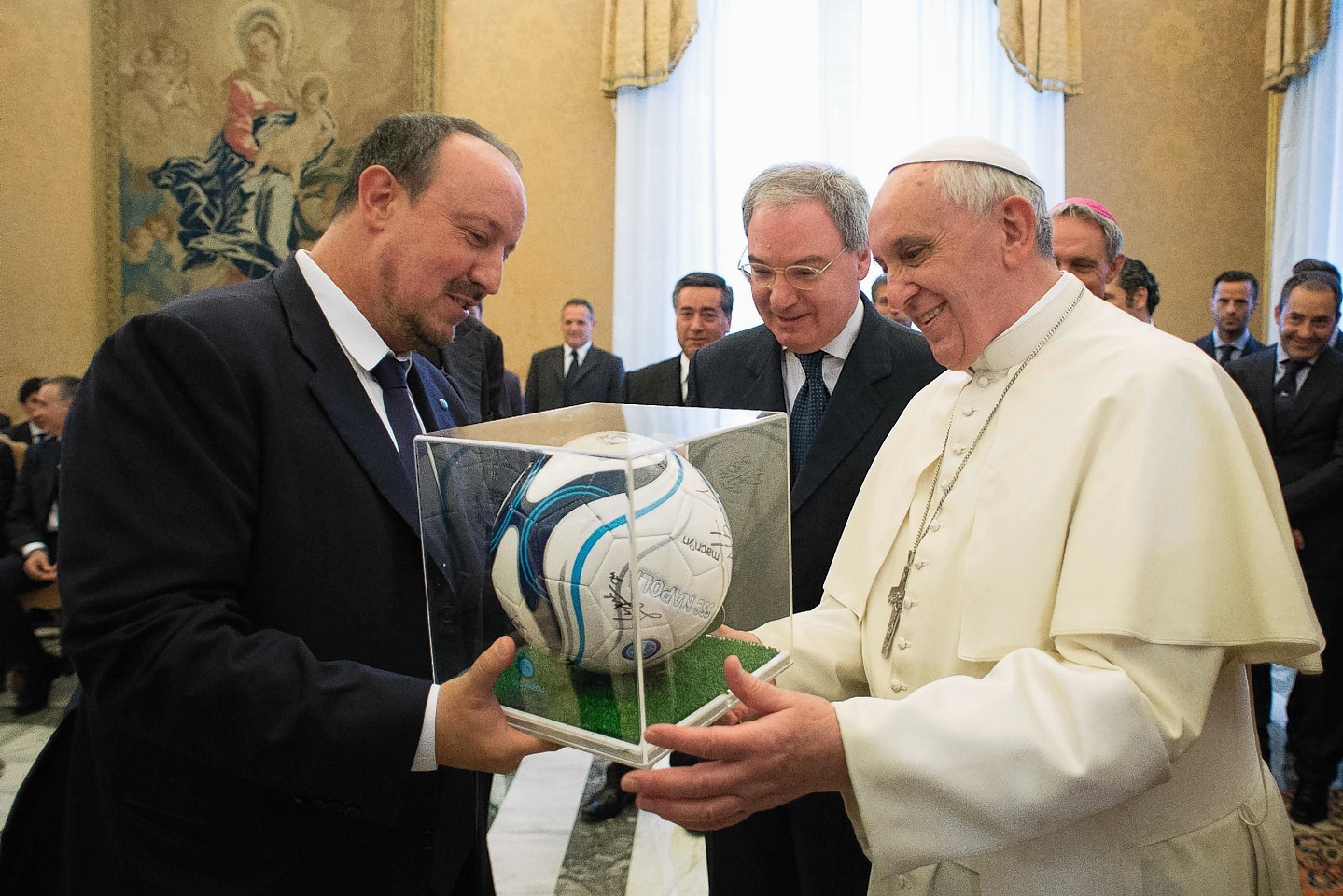The Church of Scotland has been urged to draw inspiration from Pope Francis to try to arrest falling membership and make it more relevant to society.
Argyll minister the Rev Kenneth Ross claimed the leader of the Roman Catholic Church had the right idea when he said power should no longer be centralised in the Vatican and instead be given to bishop conferences around the world.
He added that the Kirk context of that scenario would be the General Assembly devolving power to local presbyteries which had a “key role” in trying to make the church more relevant to their lives.
Mr Ross, who leads the Kilbrandon and Kilchattan congregations south of Oban, made the remarks after commissioners decided an inquiry should be launched into the merits of holding the General Assembly every two years.
It costs the Kirk about £500,000 a year to stage the conference and it has been suggested that the money should be used to enable presbyteries to hold their own conferences in alternate years.
Mr Ross said the concept was part of a drive to reach out to people who had become “disaffected” and detached from the Kirk.
Membership has dropped below 400,000 for the first time in its history and recruiting ministers is a major difficulty.
Mr Ross said: “The challenge of mission and reaching people needs to be at the top of our agenda.
“Presbyteries could be very well placed to address that challenge so we are suggesting there could be a re-balancing of the energy that goes into the General Assembly.
“In building a strategy of connecting and reaching out and re-energising the church, presbyteries might turn out to be the key driver.
“Pope Francis made the point that he does not want things centralised in the Vatican and local bishop conferences around the world should have more initiative.
“If we translate that into our context then the General Assembly is the Pope and the presbyteries are the local bishops.
“If the Catholic Church is sensing it is time to decentralise and have initiatives at local level then perhaps we need to think about that means in presbyteries.”
A report on the implications of changing General Assembly arrangements, which will examine the impact on the role of the moderator and the Barrier Act, will be published in 2016.
